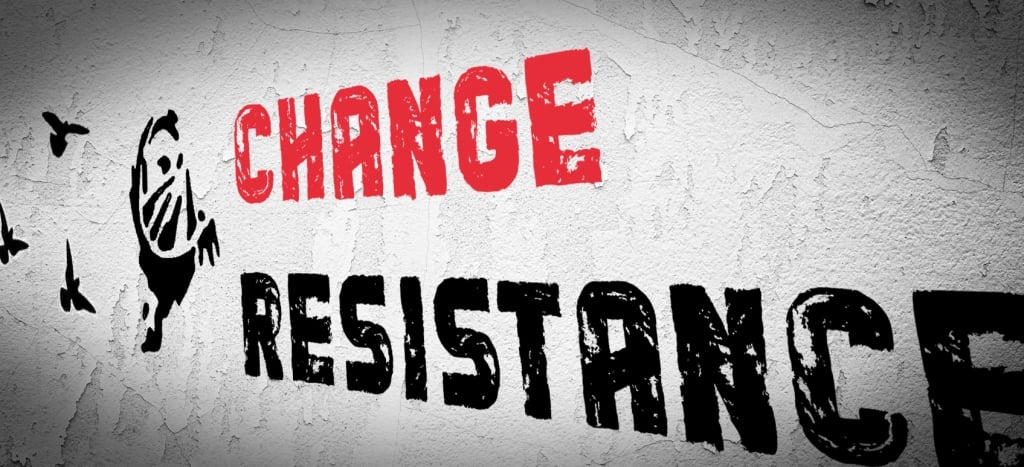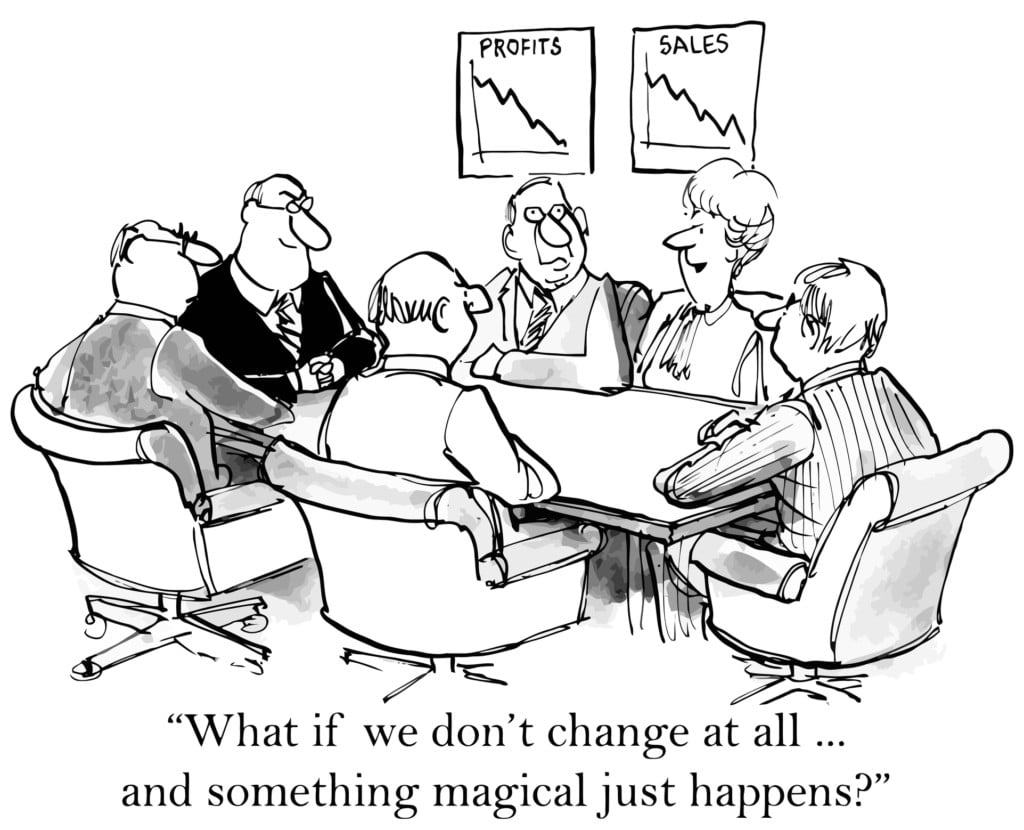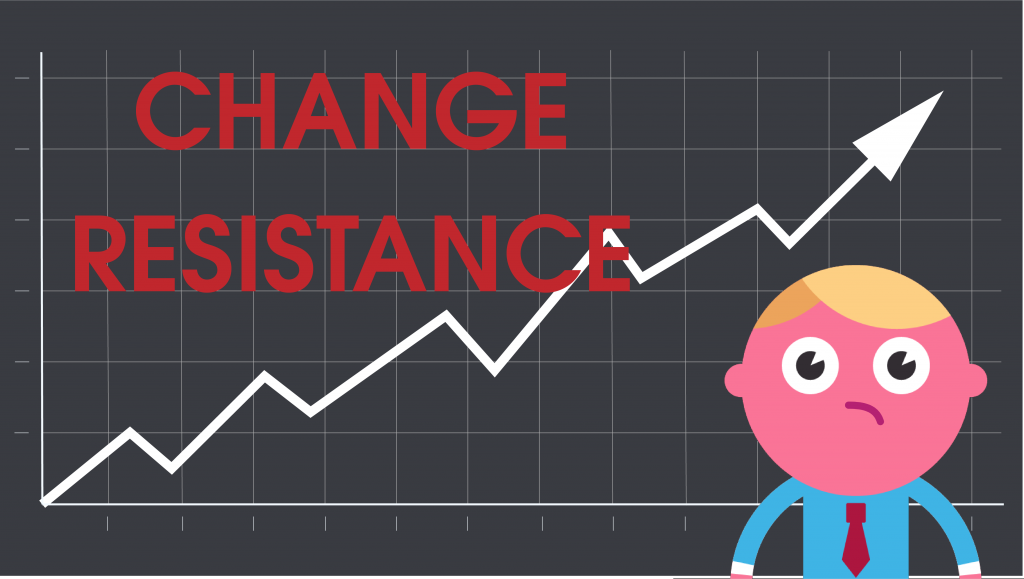The Townhall
At the heart of a bustling corporate office, David, the CEO, stood in front of his team, passionately preaching the importance of workplace well-being and mental health. The employees listened attentively, nodding vigorously. At the same time they were feeling a strong and growing sense of discomfort at what they knew were essentially empty statements, because behind closed doors it was a different story altogether.
David’s day to day leadership style was far removed from the public persona on display here. He was well known for his bullying tactics, pushing his team to meet unrealistic deadlines, engaging in manipulative behaviours to get things done, sowing discord among team members. His communication in meetings was often littered with veiled threats. The incongruence between his words today and actions under normal circumstances was not just confusing but corrosive and slightly offensive. It eroded trust and employee engagement so deeply that people found themselves disenchanted before they could even put their finger on why.
Sound familiar?
Congruence is known to be a critical factor in business transformation success. But do we really understand the profound implications it carries, not just at an organisational level, but also at a neurological one?
The Neuroscience Behind Incongruence
Deep in the intricate maze of the brain lies a small region called the Anterior Cingulate Cortex (ACC). Think of it as your internal consistency checker. When your actions, words, or even organisational strategy align, the ACC is quiet. However, when there’s incongruence, it flags this and triggers emotional responses. It’s like a conductor in an orchestra, ensuring that every instrument plays in tune and time. When something’s off, it’ll let you know.
Divergence between Verbal and Non-Verbal Cues
Picture a leader saying, “We value transparency,” but their actions—such as closed-door meetings or lack of information sharing—tell a different story. This dissonance isn’t just uncomfortable; it triggers our ACC to fire up. At a primal level, we start sensing something isn’t right, even if we can’t articulate it and causes the sympathetic system to fire up, sending us into flight or flight mode.
A Hormonal Symphony
When actions and words don’t align, it’s not just emotional discomfort we experience. Our body releases a cocktail of hormones such as Cortisol and Epinephrine (adrenaline), often referred to as the ‘stress hormones’. This happens mostly under the radar, beyond our immediate consciousness, and can adversely affect morale and productivity. Aside from anything else it tends to shut down creativity and focuses our attention on dealing with the immediate threat, the exact opposite of what’s needed for an innovative trusting team, which thrives on oxytocin the hormone that plays a key role in social bonding, trust, and empathy.
The Insidious Impacts
Subconscious Impact: Much of the discomfort that arises from incongruence operates below the level of conscious awareness. This is why it’s so tricky; people may feel uneasy or disengaged without being able to pinpoint why.
Triggering the Stress Response: As mentioned, the Anterior Cingulate Cortex (ACC) and the hormonal system get activated when inconsistencies are sensed. Chronic activation of this stress response can lead to burnout and disengagement.
Cascading Effects: A single instance of incongruence can often lead to a cascade of negative consequences. It might begin with a raised eyebrow in a team meeting, then whispers at the water cooler, and eventually, a full-blown engagement crisis.
The Real Cost
Incongruence can ultimately cost organisations dearly, not just in terms of employee morale but also in productivity and innovation. When people are disengaged, they’re not bringing their best selves to work, which limits what a team or organisation can achieve.
In short, while incongruence might initially appear as a small crack, it can quickly widen into a chasm if not addressed, swallowing up employee engagement and organisational effectiveness in the process. So, it’s not something to overlook; it’s something to root out and address at its core to ensure a healthy, engaged workforce.
Some Leadership Tips to Ensure Congruence and Maintain Confidence
Applying the science of congruency to your leadership style isn’t just smart; it’s essential for building trust and driving successful business transformation. Here are some tips to make sure you’re ticking all the boxes:
Align Actions and Words: If you say, “We are a team,” then your actions should be inclusive and team-oriented. It’s this alignment that soothes the ACC and bolsters trust.
Master Non-Verbal Communication: Your words might be saying one thing, but what about your body language? Maintain eye contact and ensure your gestures are in sync with your words. This creates a sense of congruence that people can feel, even if they can’t articulate why.
Transparency: Openness disarms suspicion. Keep your team informed and involved in decision-making processes. This aligns with our brain’s preference for coherence and minimises the release of stress hormones.
Be Consistent: Consistency is key. Whether it’s punctuality for meetings or following through on what you’ve agreed, being consistent sends the message that you’re reliable. This consistency sets the ACC at ease, as it loves predictability.
Be Aware of Tone: Your tone should mirror the content of your message. A jovial tone while discussing serious matters can create dissonance that your audience’s ACC will pick up on.
Mirror Neurons: Utilise the power of mirror neurons by exemplifying the behaviour you wish to see. If you remain calm, focused, and confident, chances are your team will mirror these positive traits.
Check for Cognitive Dissonance: If you sense a disconnect, pause and evaluate. Cognitive dissonance is a big red flag for the ACC. Address it immediately to maintain an atmosphere of trust.
Feedback Loop: Regularly check in with your team to ensure the message you think you’re sending is the one they’re receiving. This requires a high level of trust and psychological safety so they feel they can truly be honest, otherwise they will just tell you what they think you want to hear. Showing a level of vulnerability and honesty about your own shortcomings can be useful tools in building that trust.
Above all, if you truly mean what you say and say it with conviction, congruence happens naturally, so self awareness is critical. If your internal self-talk is not aligned it will show through, so make sure you fix that first.
Remember, congruence and acting with genuine good intent is critical if you truly want to take others on your transformation journey, especially when the road ahead is tricky or uncertain. In the end people follow people they believe in, the rest is grudging acceptance at best or active resistance at worst.
Find out more
If you’d like to know more about accelerating your business transformation or increasing engagement then get in touch or join us at our next free online event. Click the link for details and upcoming dates.








